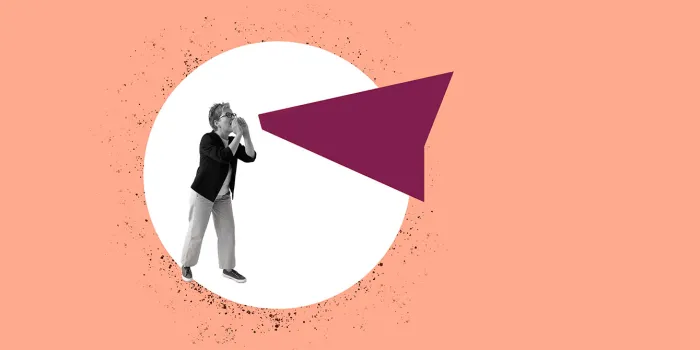Bleeding disorders affect both men and women, but all too often, health issues that affect women and girls are left out of policy conversations. That’s why this year the National Bleeding Disorders Foundation (NBDF) organized the first advocacy day specific to this population.
A SPOTLIGHT ON WOMEN’S HEALTH NEEDS
The perfect opportunity came on April 17 for World Hemophilia Day, whose theme this year was “Access for All: Women and Girls Bleed Too.” It followed NBDF’s Washington Days, an annual event held every March, which brought over 400 advocates to Capitol Hill this year.
On April 17, 40 advocates convened on Capitol Hill to discuss the impact bleeding disorders have on women and girls and to provide fact sheets so legislators can better understand those affected. The advocates split into teams to attend 36 scheduled meetings and went into 90 Congressional offices in total.
Their main objective: education and understanding. An estimated 1% of women in the U.S. — roughly 1.65 million — may have a bleeding disorder. Many women go undiagnosed, and for those who are diagnosed, it can take an average of 16 years between first symptoms and receiving a diagnosis. Von Willebrand disease is the most common bleeding disorder in women and girls, but hemophilia can also affect them. They often face additional challenges during menstruation, pregnancy, labor, and delivery.
Advocates shared their personal struggles. Chelsee Nabritt, an alumna of NBDF’s National Youth Leadership Institute, shared her experience with platelet storage pool disorder. She asked legislators to imagine a woman or girl they love going through monthlong menstrual cycles, requiring medication to control bleeding, and needing iron and other supplements for nutrient depletion.
“Now imagine there being a cap on the insurance, or a cap on whether they can or cannot get the type of medication that they need,” Nabritt says. “That’s something that happens in our community, especially for women. And it can be pretty devastating.”
THE FIGHT FOR DIAGNOSIS AND ACCESS
In their meetings, NBDF also sought Congressional champions for legislation it is currently forming to improve diagnosis and access to care for this underserved population. “There was a lot of interest in the issue,” says Leslie Brady from the Artemis Policy Group, NBDF’s federal policy adviser. “Regardless of what other advocacy challenges we face, NBDF will continue to prioritize advocacy for women and girls with bleeding disorders.”
Nabritt says her team received positive feedback, with many staff members and legislators remembering NBDF from Washington Days.
“It’s important for everyone to really nail down their story and understand how to advocate for themselves, whether that’s to a legislator, to your teacher, or to your friends,” says Nabritt, who currently works for the Georgia Department of Behavioral Health and Developmental Disabilities. “Getting comfortable with speaking up for yourself is going to get you that much further ahead in life.”
GET INVOLVED
If you want to participate in NBDF’s next Washington Days or your state’s next advocacy day, contact your local NBDF chapter. “The passion and lived experiences that advocates for the bleeding disorders community bring to the table are the most important piece of NBDF’s policy work,” Brady says.
Learn more about issues affecting women and girls with bleeding disorders.

